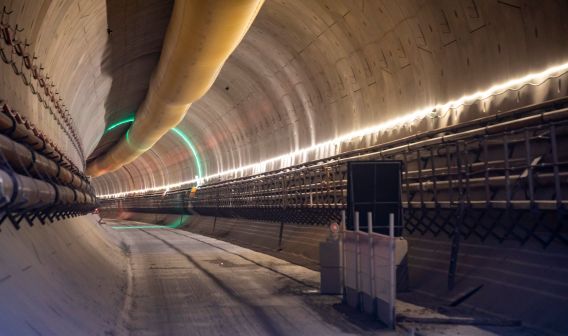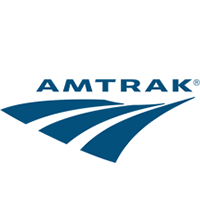THE second tunnelling drive on the 16km twin-bore tunnel beneath the Chiltern Hills for Britain’s HS2 high-speed line between London and Birmingham was completed on March 21.
The second tunnel boring machine (TBM) to be deployed on the project, named Cecilia, broke through at the tunnel’s northern portal near Wendover after completing the drive that began in June 2021.
The first drive on the HS2’s longest tunnel was completed by TBM Florence on February 27.
The two 2000-tonne TBMs have excavated the twin bores at a depth of up to 80m, excavating 3 million m3 of chalk. The TBMs have each also installed and grouted into place 56,000 fibre-reinforced concrete tunnel lining segments, proceeding at an average rate of 16m per day.
Both machines were launched from the tunnel’s southern portal, near the M25 motorway, and were operated by main works contractor Align, a joint venture of Bouygues Travaux Publics, Sir Robert McAlpine and VolkerFitzpatrick.
According to Align’s underground construction director, Mr Didier Jacques, completing the two 16km drives has been technically complex, given that the average drive for a TBM is around 5km. “I am delighted that as a team, we have risen to the challenge,” he says.
Tunnel fit-out work will take several years to complete. Photo Credit: HS2 Ltd
The TBMs for the Chiltern tunnel project were designed in partnership with manufacturer Herrenknecht and incorporate innovations that have been introduced to Britain for the first time, Jacques says. These include “semi-continuous” boring that enabled the TBMs to install tunnel lining rings without pausing.
Each TBM was operated by a crew of around 17, working in shifts to enable tunnelling to continue without interruption. In total over 450 people have worked on the Chiltern tunnel project over the last three years, including those manufacturing 112,000 lining segments at an on-site temporary factory and processing spoil.
HS2 is due to open between 2029 and 2033 and is now at peak construction, according to HS2 Ltd, which is responsible for delivering the high-speed line. Work has started on two-thirds of the line’s viaducts and major stations are now under construction.
“Cecelia’s arrival completes excavation of HS2’s 16km twin-bore tunnel, but it’s only the end of the first chapter in the story of building Britain’s high-speed railway under the Chiltern Hills,” says Mr Mark Clapp, HS2 Ltd’s head of delivery for the Chiltern tunnel project.
“Several years of intensive, world-class engineering lie ahead of us to complete the tunnel’s four ventilation shafts plus headhouses; install the mechanical and electrical plant and machinery, slab track and overhead electrical wires before trains begin passing through at 320km/h.”
For detailed data on high-speed projects around the world, subscribe to IRJ Pro.
The post Second drive completed on HS2 Chiltern tunnel appeared first on International Railway Journal.

